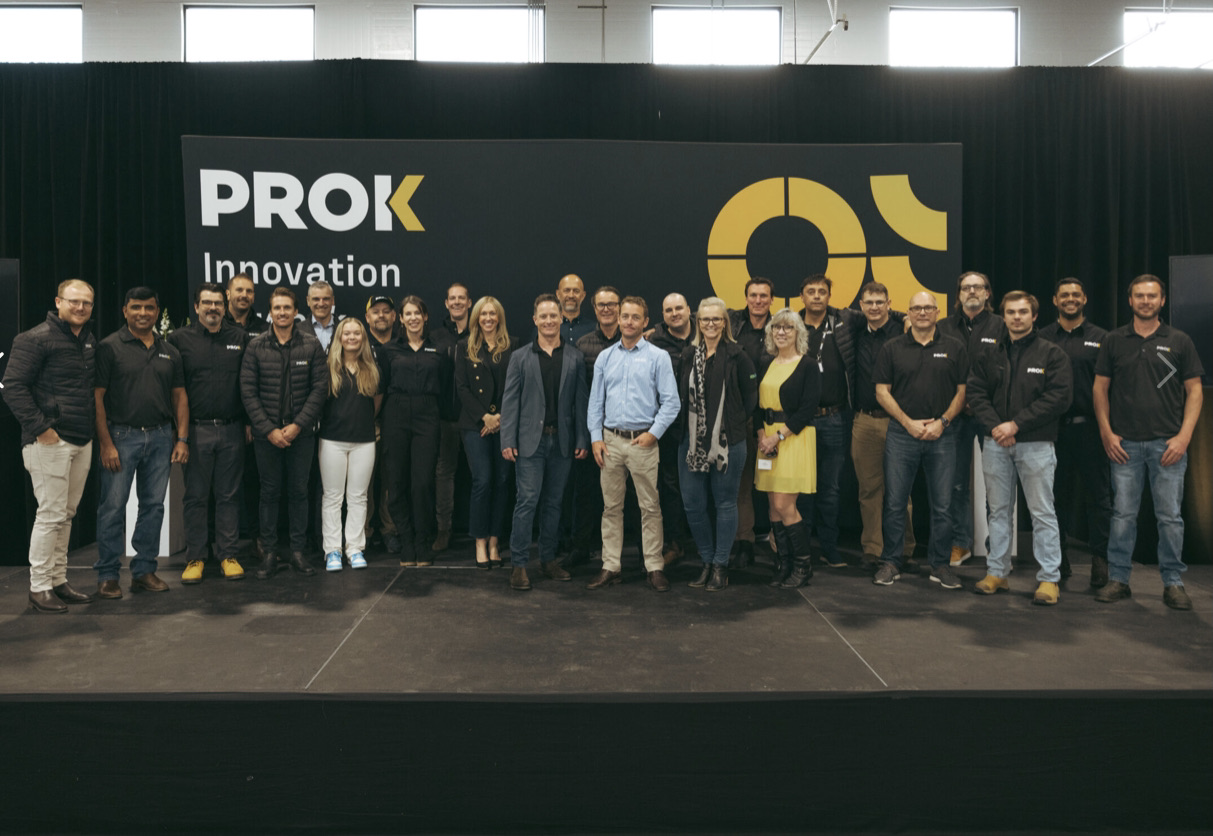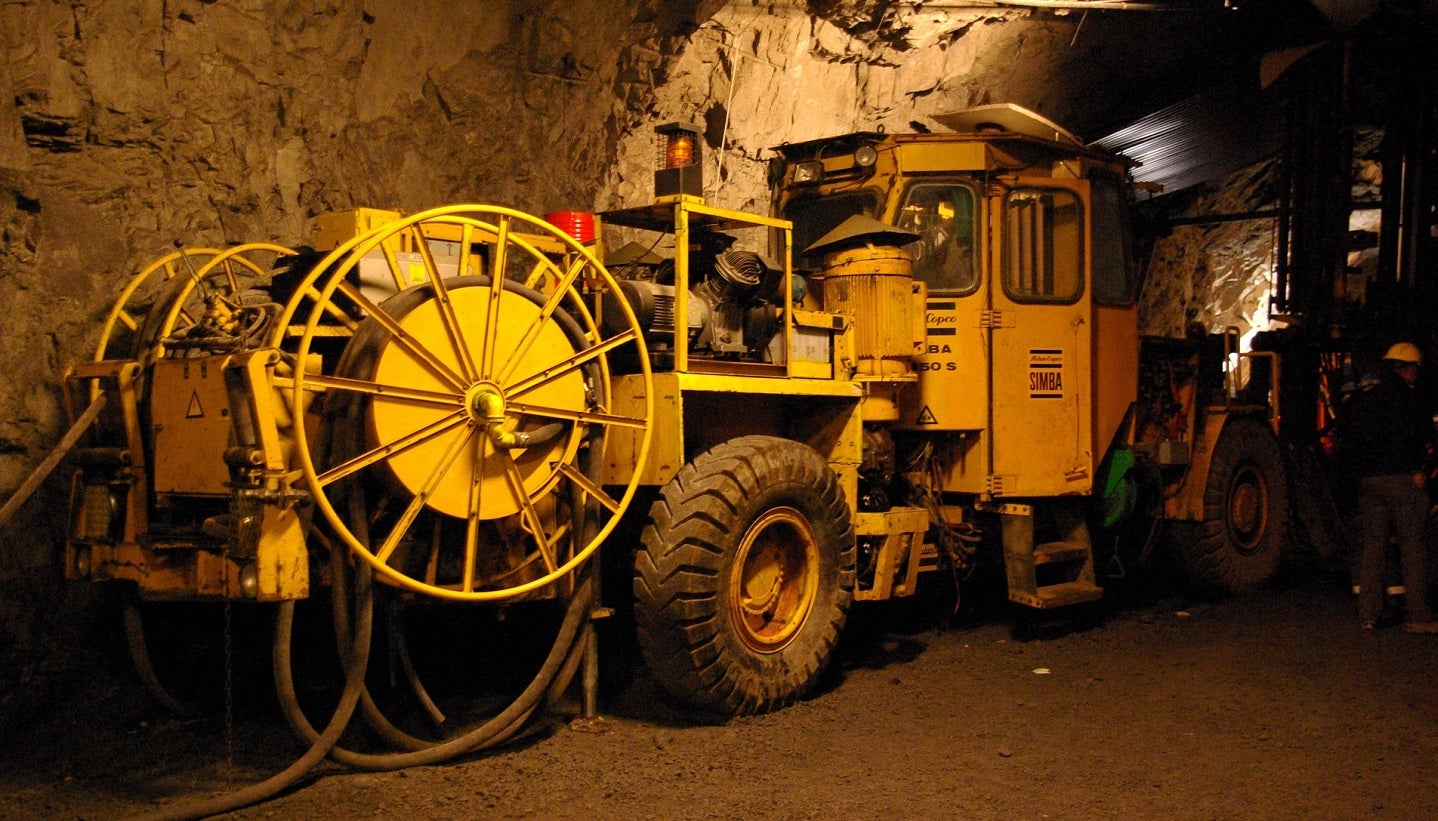Sign up for daily news updates from CleanTechnica on email. Or follow us on Google News!
A new coalition of nine US states has joined forces to promote electric heat pumps, with the aim of decarbonizing thousands of buildings by pushing oil and gas out of the heating, air conditioning and hot water business. That still leaves 41 states to go, but members of the coalition anticipate that their heat pump action plan will smooth the way for others to follow. Much to the dismay of fossil energy stakeholders, HVAC industry leaders are eager to pitch in.
The Heat Pump Revolution Is Happening, Regardless Of The Weather
Prying the cold fingers of the fossil fuel industry off the global economy has been a tough row to hoe. Here in the US, it’s also been a game of whack-a-mole as a rise in natural gas activity has dampened the effect of a decline in coal production.
Greenhouse gas emissions from buildings represent a particularly hard nut to crack. Although power plants and automobiles grab much of the decarbonization spotlight, commercial and residential buildings account for a 13% share of US greenhouse gas emissions.
To put that into perspective, aircraft account for just 3% of US greenhouse gas emissions. Nevertheless, criticizing aircraft emissions has become so routine that flight-shaming has become part of the lexicon, whereas emissions from HVAC equipment are largely hidden from view, shielding them from public tsk-tsking.
Visible or not, removing oil and gas from buildings is a significant decarbonization task, and that’s where electric heat pumps come in.
Until recently, the decarbonization potential of heat pumps was obscured by their reputation for functioning efficiently only in relatively temperate climates, limiting their geographical distribution in the US.
However, new improvements the technology have opened the floodgates to deploying them in colder climates.
US HVAC Industry Hearts Heat Pumps
Fossil energy stakeholders generally give heat pumps the stinkeye because they run on electricity, not oil or gas. The HVAC industry has no such qualms. In addition to installations in new buildings, heat pump retrofits in existing buildings have become a sweet, juicy, low-hanging fruit of economic in the HVAC industry.
The 2022 Inflation Reduction Act sent a love letter to the heat pump world in the form of tax credits, and the leading firm Mitsubishi, for one, makes no bones about the implications for pushing fossil fuels out of buildings.
“The Inflation Reduction Act of 2022 is the largest ever climate investment by the Federal Government in American history, projected to reduce greenhouse gas by 31% to 44% below the 2005 levels by 2030,” the company reminds us.
“The IRA will also bring energy bill relief to U.S. households by incentivizing the adoption of more efficient, all-electric appliances. Importantly, the IRA recognizes the key role of highly efficient, variable-capacity heat pumps in slashing domestic GHG emissions and lowering energy costs for Americans,” Mitsubishi emphasizes.
Mitsubishi is far from alone. Even before the IRA passed, the US Department of Energy Department was fanning the heat pump flames through its “Residential Cold Climate Heat Pump Technology Challenge,” aimed at improving heat pump systems for use in colder parts of the US.
“Launched in 2021, this initiative brings together public and private sector stakeholders to address technical challenges and market barriers to adopting next-generation cold-climate heat pumps—a key clean energy technology that can potentially save households $500 a year or more on their utility bills while also slashing harmful carbon emissions,” the Energy Department explains.
Industry stakeholders that participate in the challenge have to demonstrate that their prototypes are capable of providing 100% of a building’s heating needs without any other inputs, and operate efficiently at 5 degrees Fahrenheit.
The leading HVAC firms Lennox International, Carrier, Trane Technologies, and Rheem have already joined the first phase of the Challenge. On January 8, the Energy Department announced that Bosch, Daikin, Midea, and Johnson Controls have come on board for phase two.
The second phase involves installing about two dozen prototypes in cold climates in North America, for monitoring and assessment.
The Energy Department is also reaching out to other Challenge partners, including utilities and state agencies, to encourage the adoption of cold climate heat pumps. “DOE will continue to work with partners to develop programs, incentives, education and outreach campaigns that help consumers better understand the benefits of these new designs,” the agency explained.
Nine States Share The Heat Pump Love
With that in mind, it’s no surprise to see the heads of environmental agencies in nine cold-climate states launch a new initiative in support of the heat pump market, those being California, Colorado, Maine, Maryland, Massachusetts, New Jersey, New York, Oregon and Rhode Island.
These nine states have promised each other to aim for heat pumps to meet 65%, or more, of residential-type HVAC and water heating shipments by 2030. Those exceeding the 2030 floor will have a head start on the next goalpost, which is 90% of HVAC and water shipments by 2040.
No word yet on exactly how that is to be done. However, the agreement does require each state to come up with an action plan and collaborate on data collection.
In addition, the nine collaborators have pledged to put their money where their mouths are, by installing heat pumps in existing state-owned buildings.
It’s Not Just About The Carbon Emissions
The collaborative effort was organized by NESCAUM (the Northeast States for Coordinated Air Use Management), which bills itself as “the oldest regional air quality organization of its kind.” The organization launched back in 1967 with the initial aim of addressing air pollution from power plants in New England.
In terms of coal power, that dragon has been slayed. Last fall the Commonwealth Beacon reported that the last remaining coal power plant in the entire region, the Merrimack Station facility in New Hampshire, failed to qualify for a New England power grid auction for 2026-27, indicating that it’s about ready to give up the ghost.
Beacon reporter Bruce Mohl noted that the same auction yielded only about 25% for solar, wind, hydro, and nuclear, which leaves plenty of room for natural gas.
In addition, that also leaves plenty of emissions from fossil-fueled equipment in buildings. NESCAUM notes that heating equipment alone emits more than 138,000 tons of smog-forming nitrogen oxides per year among the nine states participating in the new heat pump agreement, along with 6,000 tons of fine particulate matter.
Those pollutants, as described by NESCAUM, are linked to “increased risk of heart attack, asthma events, premature death, and many other adverse health outcomes.”
NESCAUM also name-checks carbon dioxide emissions, noting that buildings spew 173 million metric tons of carbon dioxide per year among the participating states.
“The residential heating sector is a primary driver of climate change and remains a large source of our state’s GHG emissions at nearly 20% according to our most recent emissions inventory,” observes Rhode Island Department of Environmental Management director Terry Gray.
More & Better Heat Pumps
In keeping with the HVAC industry’s enthusiasm for heat pumps, the non-profit organization Ceres rounded up some messages of support for the NESCAUM effort, including messages from the industry leaders Eaton and A.O. Smith along with the startup Sealed.
“More than 20 companies, trade groups, and employers have called for “collective state action to decarbonize the building sector and accelerate market adoption of energy saving technologies in a letter to governors,” Ceres also noted.
In addition to A.O. Smith and Sealed, those putting their John Hancocks to the letter were Carrier, IKEA, Johnson Controls, JLL, Lutron, Schneider Electric, Siemens, and Trane Technologies among others.
If fossil energy stakeholders are spoiling for a fight — and they are — it looks like the HVAC industry is ready to bring it.
Follow me @tinamcasey on Bluesky, Threads, Post, and LinkedIn.
Image: Electric heat pumps reduce pollution, cut carbon emissions and can save money, too (courtesy of US Department of Energy).
Have a tip for CleanTechnica? Want to advertise? Want to suggest a guest for our CleanTech Talk podcast? Contact us here.
Latest CleanTechnica TV Video
I don’t like paywalls. You don’t like paywalls. Who likes paywalls? Here at CleanTechnica, we implemented a limited paywall for a while, but it always felt wrong — and it was always tough to decide what we should put behind there. In theory, your most exclusive and best content goes behind a paywall. But then fewer people read it!! So, we’ve decided to completely nix paywalls here at CleanTechnica. But…
Thank you!
CleanTechnica uses affiliate links. See our policy here.




